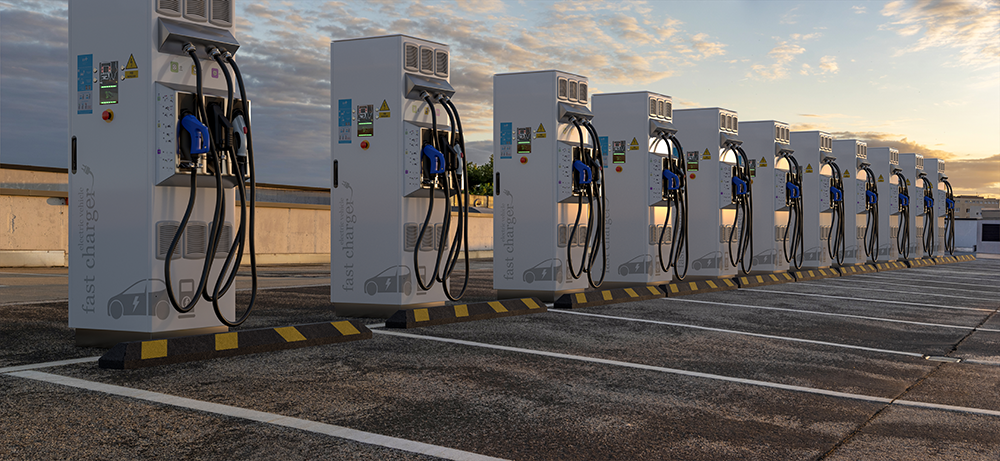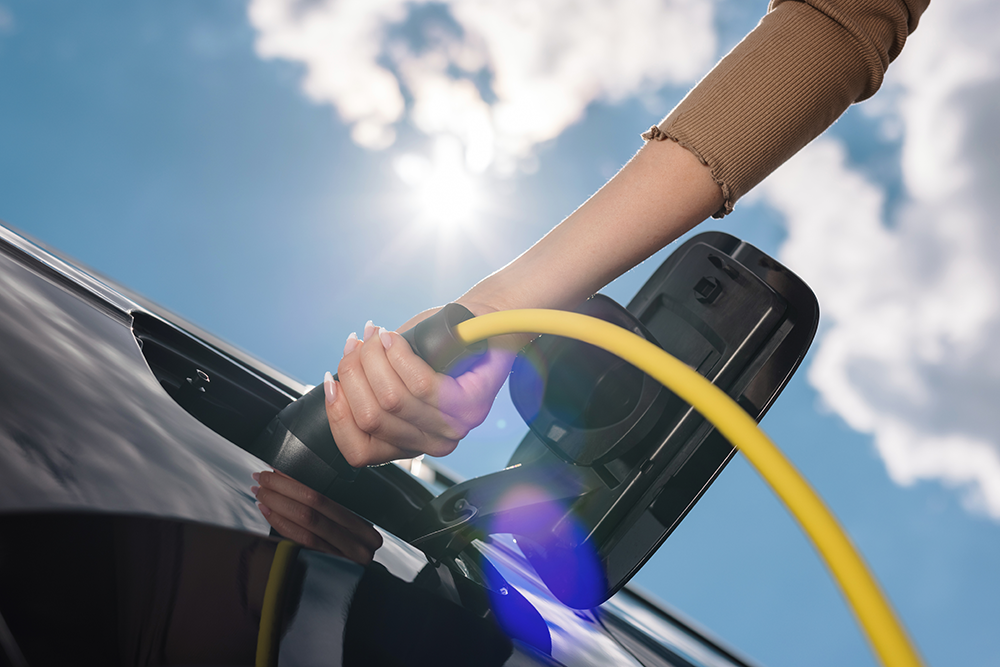As more drivers switch to electric vehicles (EVs), many will soon be embarking on their first long road trip in an EV likely requiring recharging along the way. Since range and charging are common concerns for new EV owners, it is important to prepare beforehand. Follow our tips and be reassured that long journeys in EVs are as smooth as with an ICE vehicle.
Planning your trip ahead
Planning is crucial when it comes to covering long distances in an electric vehicle. If your journey will require on-route charging, it’s important to consider several factors:
- the range of your vehicle
- the length of your trip
- how far you’re willing to deviate from your route to find charging points.
It's also wise to plan for charging costs and check if you can charge at your destination.
Use apps like Chargemap, A Better Routeplanner (ABRP), websites like Ev navigation, or even your car’s own app to find and plan your charging stops. Google Maps can also help, especially for real-time traffic conditions, which may not be covered by charging apps. Some electric vehicles will even direct you to nearby chargers when your range gets low, and more advanced systems will inform you if chargers are available when you arrive.
The charging infrastructure is growing, but it's always smart to have a backup plan in case your preferred charging point is occupied or out of order. Traffic, diversions, or wrong turns can also affect your trip, so it’s a good idea to have extra range beyond the exact distance of your journey.
When selecting charging stops, consider other needs like restroom breaks or meals. While most motorway services cover these basics, some smaller charging points may lack such facilities, so it's worth planning accordingly. By planning your trip like this, time will fly by, and you won’t even realize the time it took you to charge.

Two factors often overlooked are charging at your destination and on the way back. If you’re traveling for business, try to book meeting venues with charging facilities. Even slower chargers can give you a useful top-up over a couple of hours. For personal trips, like visiting friends or family, simply plug in while catching up over a meal.
About range and charge
Understanding the different types of charging infrastructures and how quickly your car can charge is key to optimizing your trip. If your car charges at 100 kW, there’s no need to seek out more expensive 200 kW+ chargers unless necessary. Conversely, if your car can handle faster charging rates, using these will reduce your overall stop times.

As you get used to your electric vehicle, you’ll become familiar with how accurate the car’s range predictions are and how environmental factors, like cold weather or hilly terrain, impact performance.
EVs typically display efficiency kilowatt-hour (kWh) per 100km. For example, if your EV achieves 20kWh per 100km and has a 80 kWh battery, your range would be (80/20)*100 = 400km. If you’re achieving 17kWh per 100km, your range would extend to 470 km. Online calculators can help you find your proper range.
If you encounter issues at a charging station, don’t immediately give up. Most charge points have a helpline printed on them, and in many cases, they can be reset remotely. If the payment system isn’t working, the provider may offer alternate payment methods or even compensate for the inconvenience.
To save some time during fast charge, we encourage you to preheat your battery. To do so, most vehicles allow you to manually do it to optimize charge. In another case, most vehicles also automatically preheat the battery when the GPS planned a stop at a charging station. The car will anticipate the stop time so that the battery is at the right temperature when you stop. Otherwise, the battery will get to the right temperature when plugged but this means that it will effectively charge after it has attained the right temperature and thus take more time overall.
Conclusion: learn from experience
The best way to master long EV journeys is through experience. The first trip often feels the most daunting due to range anxiety, but once you’ve successfully completed one, each subsequent journey becomes easier. As you get a better sense of your electric vehicle’s real-world range, you’ll fine-tune your planning and feel more confident for future trips. With more experience, you’ll lose the stress and probably find that EV journeys are quite comfortable!
Discover two journeys from Arval MotorTrade team members Jon and Stuart on our LinkedIn Arval MotorTrade.


